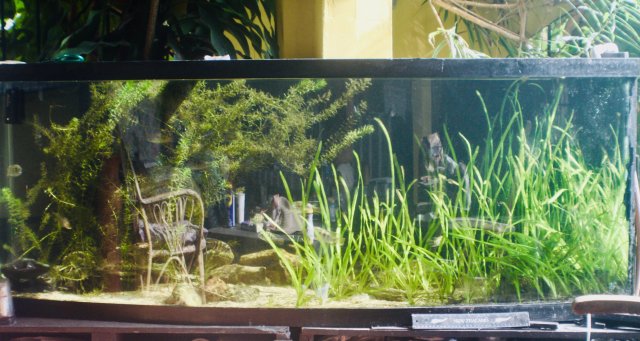Hey all -
Long time lurker, haven't had tanks in about 5 years now. Had multiple tanks in the past (5-150 gallons).
I've never had a planted tank, and I haven't had to cycle a virgin tank in a LONG time.
I've purchased a home & am about to start setting up the tanks again.
My question is this - is cycling the same with plants? Do I need to know anything special about it?
I've thought about getting seeded media from a LFS to help speed up the process, but know that runs high risks with disease. I unfortunately do not have anyone I know with tanks.
I read somewhere that EcoComplete helps cycle a tank faster, does anyone have experience with this? I've used Tetra SafeStart in the past for smaller tanks, but haven't used it in years obviously.
Last thing - anyone have any LFS they recommend in the southern NY area? I'm in the Hudson Valley & everything local to me has closed over the past 5 years.
Thanks in advance!
Long time lurker, haven't had tanks in about 5 years now. Had multiple tanks in the past (5-150 gallons).
I've never had a planted tank, and I haven't had to cycle a virgin tank in a LONG time.
I've purchased a home & am about to start setting up the tanks again.
My question is this - is cycling the same with plants? Do I need to know anything special about it?
I've thought about getting seeded media from a LFS to help speed up the process, but know that runs high risks with disease. I unfortunately do not have anyone I know with tanks.
I read somewhere that EcoComplete helps cycle a tank faster, does anyone have experience with this? I've used Tetra SafeStart in the past for smaller tanks, but haven't used it in years obviously.
Last thing - anyone have any LFS they recommend in the southern NY area? I'm in the Hudson Valley & everything local to me has closed over the past 5 years.
Thanks in advance!



